
Rotate your tablet
for a better experience


Rotate your tablet
for a better experience
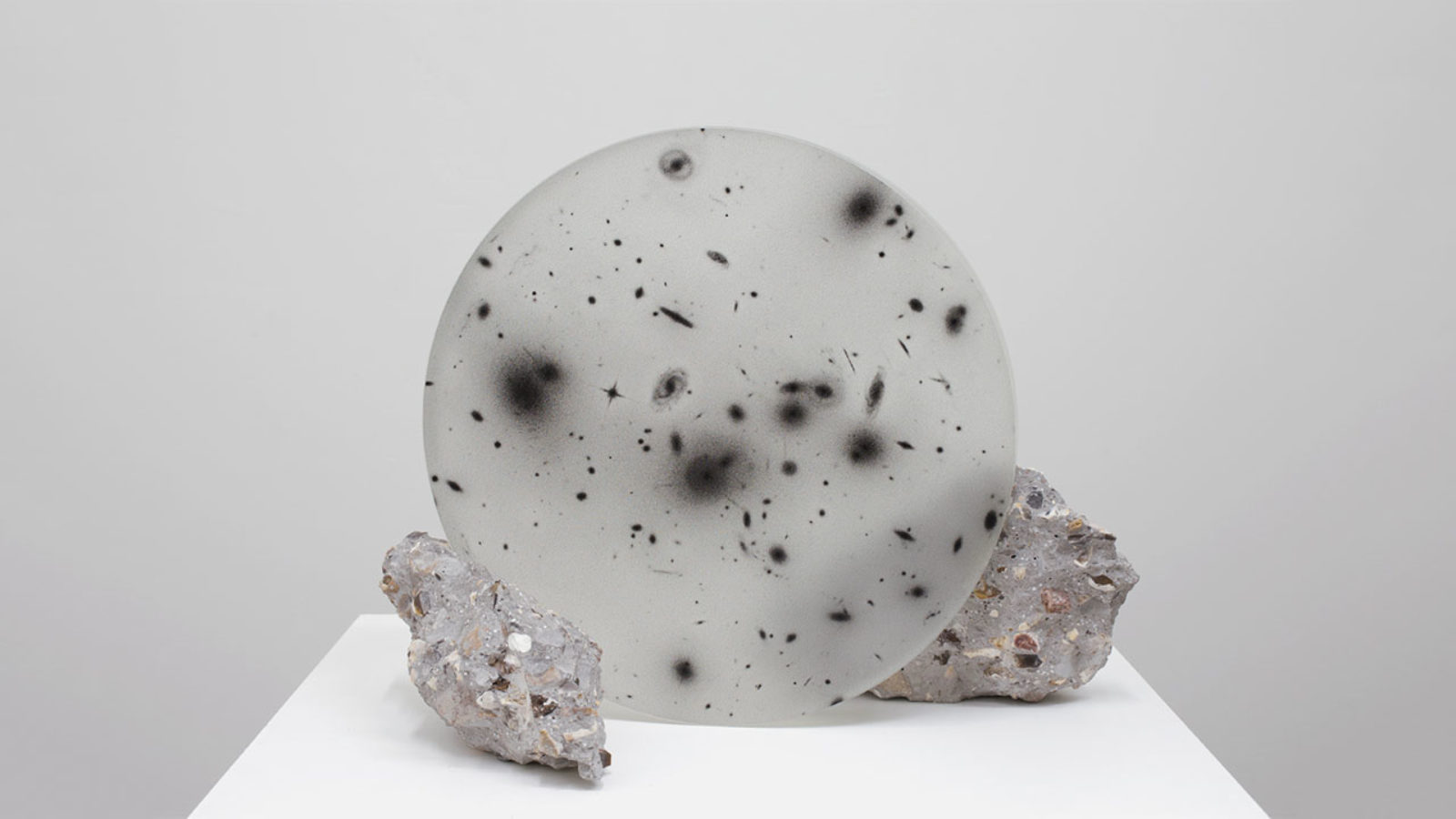
A graduate from the highly regarded Central Saint Martins University of the Arts in London, Caroline Corbasson also obtained a degree from the École Nationale Supérieure des Beaux-Arts in France in 2013. She lives and works in Paris.
In 2016, she received a grant from Amis des Beaux-Arts to make her first film: Atacama. A hushed, personal endeavour set in the world-renowned Chilean desert, Corbasson focuses on the location’s observatory and its telescopes. Three years later, the French space agency CNES gave the artist free rein to shoot an experimental film about the EUCLID space telescope. Corbasson will soon be heading to Japan, where she will shoot her next film with support from the French ‘Fondation des Artistes’.
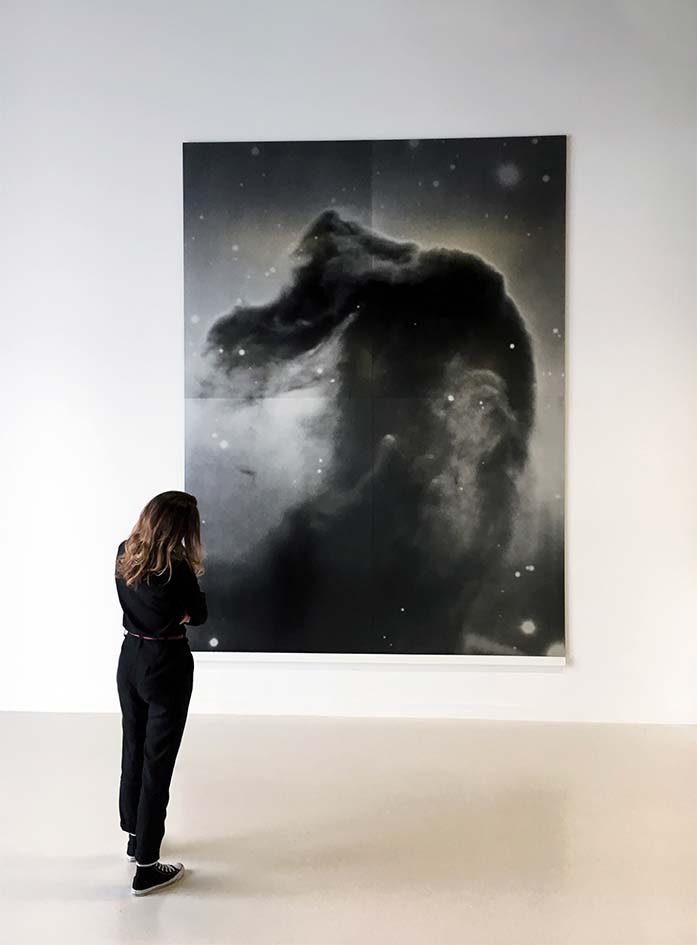
@Caroline Corbasson – Collapse – Pavillon Blanc
My first approach to art was drawing. I spent a lot of time doing it as a child. During my art studies, I concurrently developed a keen interest in science; the subject fascinates me. Since I don’t have scientific training, I have learned by reading, watching documentaries and my fortunate enlightening discussions with research scientists whom I sometimes work with for my projects.
The mystery that is still associated with space despite the passing of time is what inspires me. Each new discovery prompts new questions.
Even though my projects always require research and documentation, I eventually distance myself from their scientific reality and aim for a more poetic interpretation.
I use different mediums such as drawing, photography, sculpture, and video, which I have particularly focused on recently.
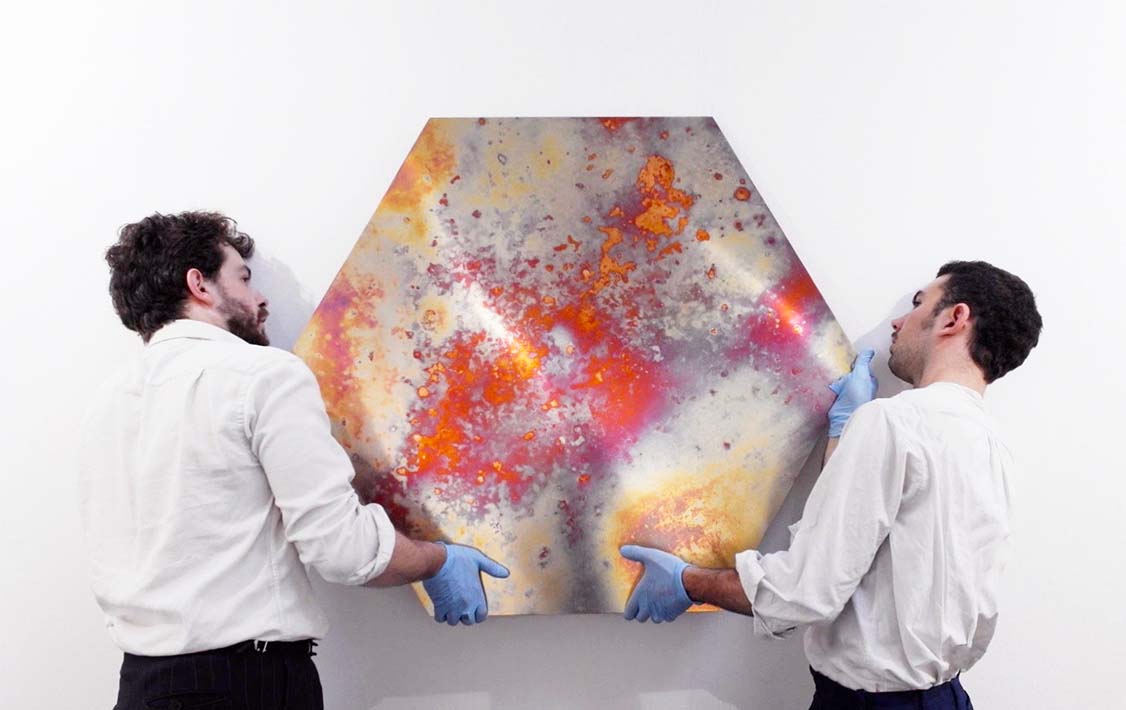
@Caroline Corbasson – JWST Basel
In my imagination, Ariane represents the decisive moment in which one is propelled into another world. The final take-off of a launch vehicle is the embodiment of enormous collective effort, intensity at its peak. I dream of being able to witness a real-life launch, to be part of such a unique experience. I also love the launcher’s mythological name. I named my daughter Aria, after all !
Using optical instruments such as microscopes and telescopes to observe nature is one of my favourite pastimes.
I also listen to music while drawing in my studio. Lately, I’ve been listening to Ryuichi Sakamoto a lot; it helps me to stay focused for a long time.
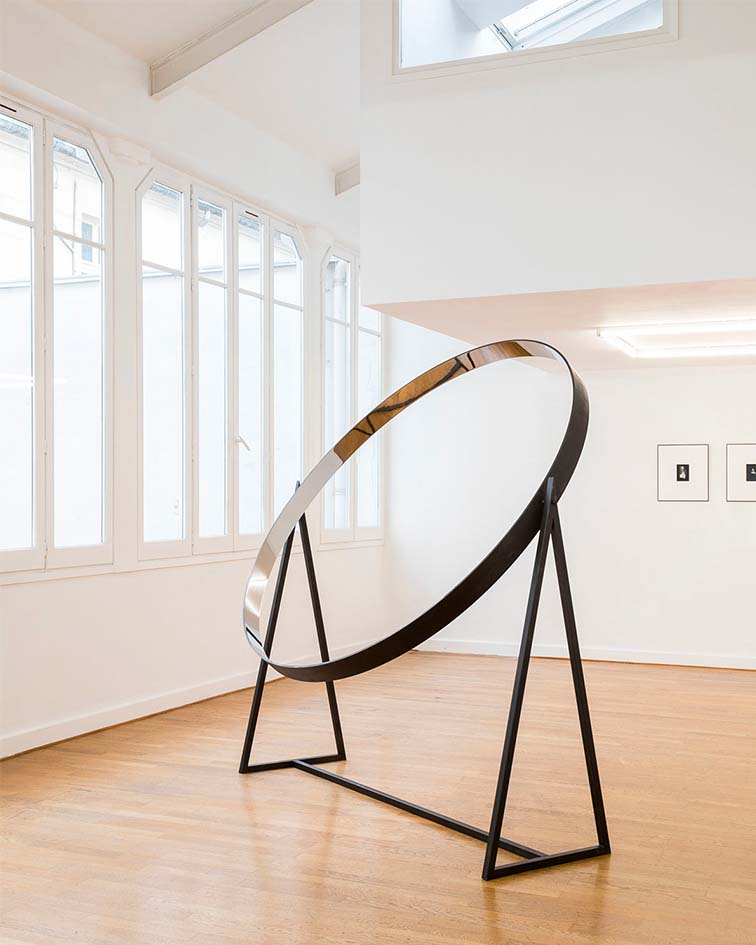
@Caroline Corbasson – 2017
I primarily work with a charcoal concentrate to obtain a deep black colour that evokes infinite space. I’ve also always used red and blue, which stand for extreme temperatures.
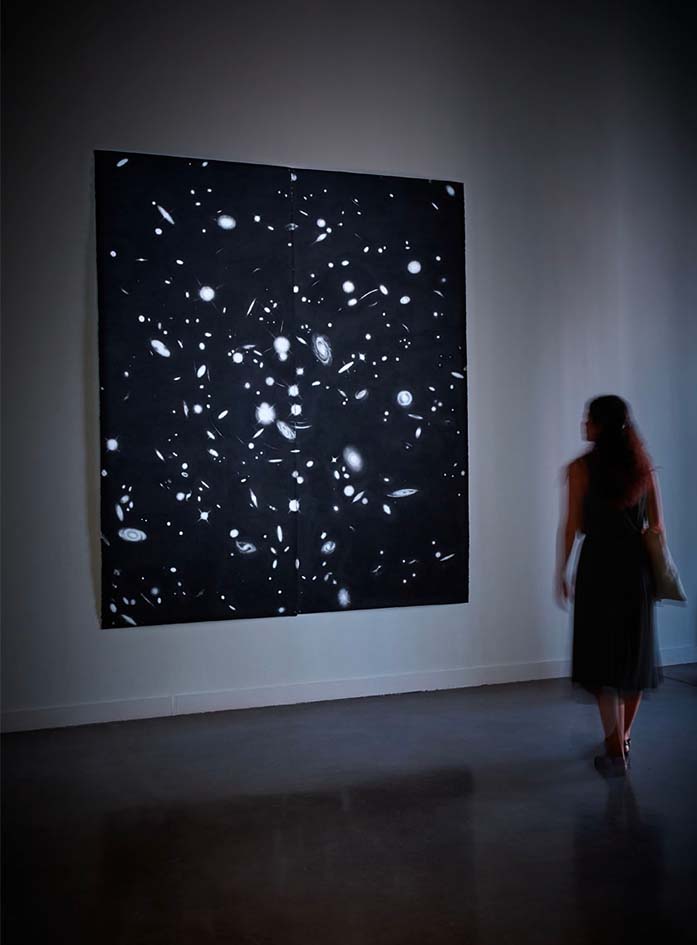
@Caroline Corbasson – Touch – Frac
I’d like to recommend two of my favourite books:
Mount Analogue by René Daumal
“For a mountain to play the role of Mount Analogue, I concluded, its summit must be inaccessible but its base accessible to human beings as nature made them. It must be unique and it must exist geographically. The door to the invisible must be visible.”
“The area we seek must be able to exist in any region whatsoever of the earth’s surface. (…) I mean that it could perfectly well exist, theoretically, in the middle of this table, without our having the least suspicion it was there.”
The Aleph by Jorge Luis Borges
“When I opened my eyes, I saw the Aleph.
– The Aleph? I repeated
– Yes, the only place on earth where all places are — seen from every angle, each standing clear, without any confusion or blending.”
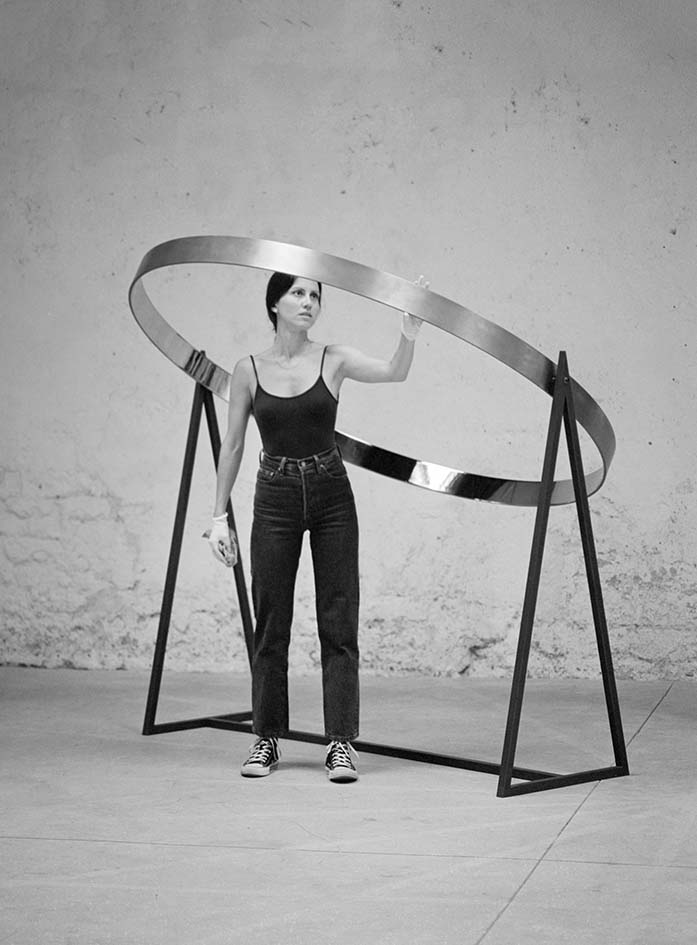
@Caroline Corbasson – Portrait
Go to Caroline Corbasson’s website to see her work and read more about the artist.